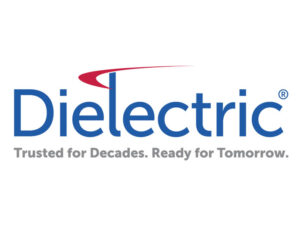
The National Association of Broadcasters (NAB) has made the decision to cancel its planned in-person return to Las Vegas next month, citing the surge of the Delta variant. In a message sent to the NAB Show community, Chris Brown, NAB’s Executive Vice President and Managing Director of Global Connections and Events, said with maintaining the safety of the industry a priority, “it has become apparent in the face of these challenges that we can no longer effectively host NAB Show or our co-located events, the Radio Show and Sales and Management Television Exchange, in person.” The largest media and entertainment industry event in the world, NAB Show is now looking at a return, April 23-27, 2022. In a recent interview with Broadcast Dialogue, Brown had placed attendance at between 45 and 55% of a regular year, with this fall’s show still set to occupy two halls at the Las Vegas Convention Center. Sony, Canon, Panasonic and Ross are among the vendors who had announced over the last week that they were pulling out of the event. Some virtual 2021 NAB Show content will be available through NAB Amplify.
 Dielectric and Merrill Weiss Group have filed a petition with the FCC, clearing the path for first computational directional FM antenna pattern modeling. Dielectric’s groundbreaking research resulted in the recent FCC filing, expected to be approved this fall. The new rule paves the way for the first directional FM pattern verification rule change in 58 years — that passes the torch from physical to AI-driven simulated modeling. Read more here.
Dielectric and Merrill Weiss Group have filed a petition with the FCC, clearing the path for first computational directional FM antenna pattern modeling. Dielectric’s groundbreaking research resulted in the recent FCC filing, expected to be approved this fall. The new rule paves the way for the first directional FM pattern verification rule change in 58 years — that passes the torch from physical to AI-driven simulated modeling. Read more here.
 The World Broadcasting Unions (WBU), the coordinating body for broadcasting unions who represent broadcaster networks across the globe, is strongly endorsing the “Call to Action on Emergency Alerting”, which supports the implementation of international standard alerting format Common Alerting Protocol (CAP). The Call to Action requests a scale up of efforts to ensure that by 2025 all countries have the capacity for effective and authoritative emergency alerting that leverages the CAP, suitable for all media and all hazards. WBU says the CAP standard makes public alerting faster, easier, less error-prone, and more understandable and helps broadcasters be certain an alert is authentic and authoritative.
The World Broadcasting Unions (WBU), the coordinating body for broadcasting unions who represent broadcaster networks across the globe, is strongly endorsing the “Call to Action on Emergency Alerting”, which supports the implementation of international standard alerting format Common Alerting Protocol (CAP). The Call to Action requests a scale up of efforts to ensure that by 2025 all countries have the capacity for effective and authoritative emergency alerting that leverages the CAP, suitable for all media and all hazards. WBU says the CAP standard makes public alerting faster, easier, less error-prone, and more understandable and helps broadcasters be certain an alert is authentic and authoritative.




